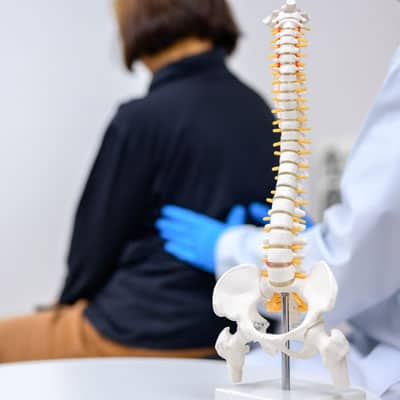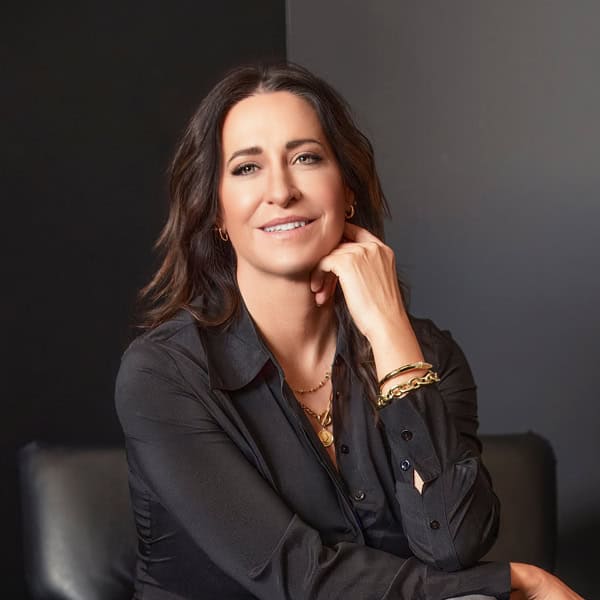Blogs
Innovative Non-Surgical Treatments for Scoliosis

At our clinic, we specialize in innovative non-surgical treatments for scoliosis that prioritize patient well-being and long-term results. With years of experience, I’ve seen firsthand how these advanced methods can effectively reduce pain, improve posture, and enhance quality of life without the need for invasive procedures. Whether you’re seeking an alternative to surgery or looking to manage scoliosis symptoms, our tailored approach offers the support and care you need. Trust us to guide you through your scoliosis journey with cutting-edge, non-invasive solutions that deliver real, lasting benefits.
Understanding Scoliosis and Its Impact on Health
Regarding spinal health, scoliosis is a condition that often raises eyebrows – quite literally! As orthopedic specialists, we usually see patients with this curved spine condition that affects an estimated 2 to 3 percent of the population. But what exactly is scoliosis, and why does it matter?
Scoliosis is a sideways curvature of the spine that can occur in various degrees. Imagine your spine as a straight line – now picture that line taking on an ‘S’ or ‘C’ shape. That’s scoliosis in a nutshell. While it might sound like a game of Twister gone wrong, it’s no laughing matter for those affected.
What is Scoliosis?
Scoliosis can develop at any age but is most commonly diagnosed in children and adolescents. The most common form is adolescent idiopathic scoliosis, which typically appears between 10 and 18. The term ‘idiopathic’ means we’re still scratching our heads about the exact cause – it’s like the spine decided to do its interpretive dance without telling anyone why!
See more: Scoliosis in Children
Early Detection and Monitoring
Catching scoliosis early is crucial. We can’t stress enough how important it is to watch your child’s spine as they grow. Here’s a quick checklist for parents:
- Uneven shoulders
- One hip higher than the other
- Clothes that don’t hang evenly
If you spot any of these signs, it’s time to visit your friendly neighborhood spine specialist. We’ll likely perform an x-ray to get a clearer picture (pun intended) of what’s happening inside.
Non-Surgical Treatment Options for Scoliosis
Now, let’s talk about the good stuff – treating scoliosis without going under the knife. We’ve come a long way from surgery being the go-to solution for every curve. Today, we have a whole toolkit of non-surgical options that can help manage scoliosis and improve quality of life.
Overview of Non-Surgical Treatments
Non-surgical treatments for scoliosis are like a buffet of options – there’s something for everyone. From bracing to physical therapy and even some alternative therapies, we have quite the menu. The best part? These treatments often have fewer risks and a quicker recovery time than surgery.
Benefits and Limitations
Non-surgical treatments aren’t magic wands. They can’t completely straighten a severely curved spine overnight. However, they can:
- Slow down or stop curve progression
- Improve posture and reduce pain
- Enhance the overall quality of life
On the flip side, these treatments require commitment and patience. Rome wasn’t built in a day, nor is a straighter spine!
Innovative Bracing Techniques
Ah, braces – not just for teeth anymore! Scoliosis braces have come a long way, baby. Gone are the days of bulky, uncomfortable contraptions. Today’s braces are sleeker, more effective, and almost fashionable.
Types of Scoliosis Braces
There are several types of braces used in scoliosis treatment:
- Thoracolumbosacral orthosis (TLSO): A low-profile brace that wraps around the torso.
- Charleston Bending Brace: Worn at night, this brace bends the spine in the opposite direction of the curve.
- SpineCor Brace: A dynamic brace allowing more movement.
Case Study: Patient Success with New Braces
Let’s talk about Sarah, a 13-year-old patient of ours. When she first came in, her curve was at 30 degrees. After 18 months of wearing a custom TLSO brace, her curve stabilized at 25 degrees. We avoided surgery, and Sarah reported feeling more confident and comfortable in her skin. Now, that’s what we call a win-win!
Physical Therapy and Exercise Programs
Who said the exercise was just for six-pack abs? Regarding scoliosis, the right moves can make all the difference.
The Role of Physical Therapy
Physical therapy for scoliosis is like teaching your spine to sit up straight and behave itself. Our physical therapists work on the following:
- Strengthening core muscles
- Improving flexibility
- Enhancing posture
Benefits of the Schroth Method
The Schroth method is like yoga meets spine school. This specialized form of physical therapy includes:
- Breathing techniques
- Posture awareness
- Specific exercises tailored to each patient’s curve
We’ve seen remarkable results with the Schroth method. Many patients report decreased pain and improved posture after several months of consistent practice.
How Yoga Helps in Scoliosis Management
Yoga isn’t just for zen-seekers anymore. Those twisty poses can be great for scoliosis too! Regular yoga practice can:
- Improve flexibility
- Strengthen core muscles
- Enhance body awareness
Plus, it’s a great way to de-stress. After all, dealing with scoliosis can be a pain in the… well, you know where.
Alternative Therapies for Scoliosis
Who says we can’t think outside the box? Or, in this case, outside the spine?
Chiropractic Treatments
Chiropractic care for scoliosis is like a spa day for your spine. Through gentle adjustments, chiropractors aim to:
- Reduce pain
- Improve spinal function
- Enhance overall well-being
Electrical Stimulation and Muscle Relief
Zap that pain away! Electrical stimulation might sound like something out of a sci-fi movie, but it’s a well-established treatment for scoliosis. It can help:
- Reduce muscle tension
- Alleviate pain
- Improve muscle strength
Combining Treatments for Better Outcomes
Why settle for one when you can have it all? Combining different non-surgical treatments often leads to better outcomes. It’s like creating your scoliosis-fighting superhero team!
Case Studies and Success Stories
Nothing speaks louder than success stories. Let’s take a look at a few:
1. Douglas, 15: Combined bracing with Schroth method. Curve reduced from 35 to 28 degrees in 2 years.
2. Barbara, 11: Early intervention with night bracing. The curve stabilized at 20 degrees.
3. Peter, 42: Adult scoliosis managed with yoga and chiropractic care. Reports significant pain reduction.
These stories remind us why we do what we do. There’s nothing quite like seeing a patient stand taller, literally and figuratively!
Future Directions in Scoliosis Treatment
Hold onto your hats, folks, because the future of scoliosis treatment is looking bright!
Emerging Technologies and Methods
We’re seeing some exciting developments on the horizon:
- 3D-printed braces customized to each patient
- Virtual reality-assisted physical therapy
- Gene therapy for early intervention
Ongoing Research and Potential Breakthroughs
Research never sleeps, and neither do we (well, sometimes we do, but you get the point). Current areas of study include:
- The role of vitamin D and calcium in scoliosis progression
- Stem cell therapy for spinal regeneration
- Advanced imaging techniques for earlier detection
As we wrap up this whirlwind tour of non-surgical scoliosis treatments, remember that every spine is unique. What works for one patient might not work for another. That’s why personalized treatment plans are so important.
At the Scoliosis Center of Utah, we’re committed to staying at the forefront of scoliosis treatment. We believe in empowering our patients with knowledge and options. Whether you’re a teenager just diagnosed with scoliosis or an adult looking for better management, we’re here to help you stand tall and live your best life.

Dr. Katalina Dean
Dr. Katalina Dean is the founder and clinical director of Scoliosis Center of Utah, in Midvale, UT. Her team specializes in posture correction, spinal rehabilitation, and non-invasive scoliosis care and bracing.
Call Today
Do You Qualify for Care?
Schedule an Appointment Below
